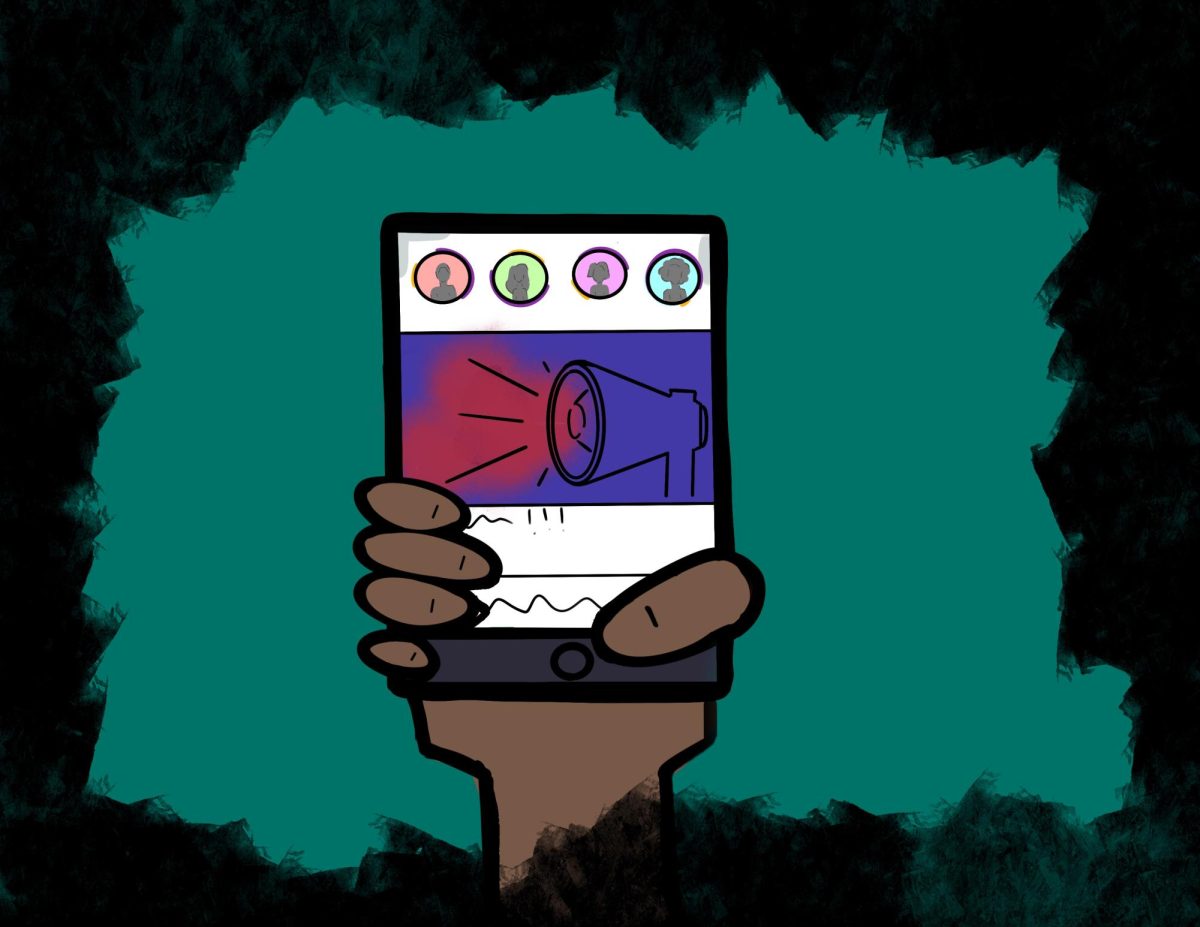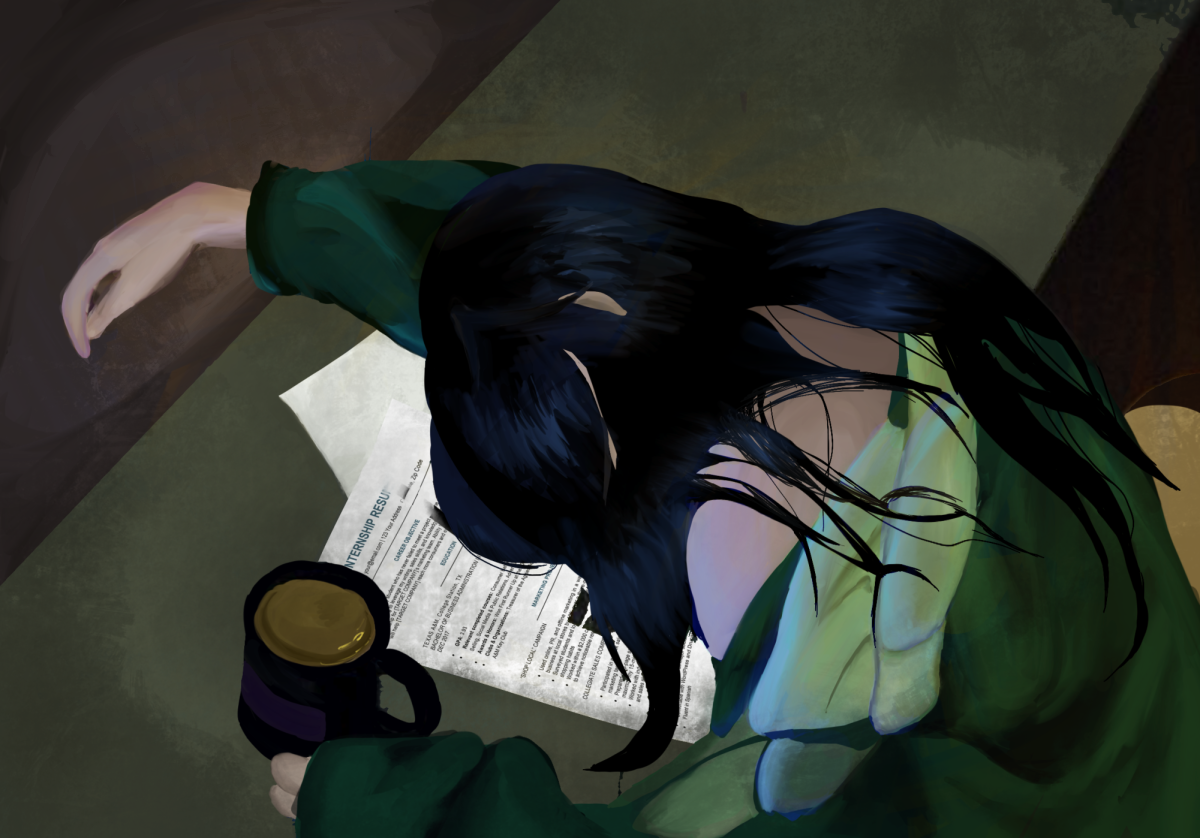The 100 year anniversary of Women’s Suffrage looms close, but don’t start whipping out your flags and “God Bless America”s just yet. We’ve accomplished a lot in our short time as a country. We may just be the greatest country in the world; But even the greats have faults and here’s ours: with 2020 just up ahead, we have made little additional progress in combating gender inequality over the last century.
Sure, Hillary Clinton may be elected president, but then again, she refuses to admit if she’s even considering candidacy. Without the assurance of a woman president in 2016, the idea that America is a progressive country is waning.
One small step in the right direction is the initiative to put the likeness of a significant woman figure from American history on the $20 bill.
The movement was started by Women on 20s, a non-profit organization with the intent of getting a female face on the country’s currency before 2020. Head of an exterior restoration company in a male dominated industry, Barbara Ortiz Howard knows firsthand the struggles women still face.
Journalist Susan Ades Stone, who helped found CNN, sits as executive director and strategist for the organization. Along with an esteemed board, Women on 20s boasts an interactive website and the endorsement of President Obama.
On their website, womenon20s.org, the organization outlines their goals: “We envision the Treasury issuing the new $20 bill in time for the 100th anniversary, in 2020, of the passage of the 19th Amendment giving women the right to vote. So we need to start now because … both the design and minting process take time.”
In what they call the “public voting booth” there is a selection of 15 outstanding women, ranging in ethnicity, era, and types of accomplishments. Each of the women selected had to meet one requirement; according to US currency rules, those featured on paper money must have been deceased for two years or longer.
The founders of Women on 20s compiled a list of around 100 great American women who qualified, and through various rounds of voting with historians and other experts, narrowed it down to the top 15. These top 15 include the likes of civil rights advocate Rosa Parks, first African-American congress member Shirley Chisholm, and birth-control pioneer, Margaret Sanger.
By now you’re probably thinking, why the $20?
The $20 bill is everywhere. Babysitting money. Dinner with friends. A manicure. You name it, the $20 bill is used to pay for it. According to the Federal Reserve Bank, approximately 22% of all notes printed today are $20 bills.
While the 1 dollar bill boasts George Washington and the 5 Abraham Lincoln, the 20 currently features Andrew Jackson. To propose the removal of either of the first two from their prospective currencies might just cause another Civil War. But Jackson? To be horribly honest, no cares one way or another about the monetary fate of this dead president.
The exception, being, of course, Women on 20s. The organization is not only eager to give Jackson the boot, they found two perfectly sound reasons to do it. Separate and apart from the question of a woman figure taking over the bill, Jackson should, for problems all his own, be removed.
The first shortcoming of his which they list is his part in the “Indian Removal Act of 1830,” an action which forced unwilling Native Americans to relocate across the country. Yes, you probably watched a sad movie about it in history.
Women on 20s explains the event as, “the Trail of Tears, the mass relocation of Indians [which] resulted in the deaths of thousands from exposure, disease and starvation during the westward migration,” and understatedly continues, “Not okay.”
Another argument is that Jackson himself never supported the use of paper money. During his life he fought against a centralized bank and preferred coins to cash. That doesn’t exactly make him a good fit to be commemorated on thousands of paper dollars.
As to why Jackson was ever put on the bill in the first place? Who knows.
While it appears Jackson did just about everything wrong, Women on 20s are doing everything, and I mean everything, right. The website is absolutely perfect. What better way to get people involved in a change campaign than to present them with an interactive, aesthetically pleasing, and informative (but not boring) website?
Many people take issue with Washington-centered campaigns because they either, A) can’t get involved, or, B) require too much time, money, etc. In the Women’s Suffrage movement, thousands gathered with picket signs and risked their lives for change. If it hadn’t been for those brilliant women, American women wouldn’t have any of the rights they have today. But here’s the great thing: to get involved in this campaign, and bring about real change in our country today, all you have to do is fill out an online ballot.
That’s right, all you have to do to make history is select three candidates, enter your name and email address in a box, and press submit.
Whether you lean toward feminism or American exceptionalism, Women on 20s is for you. Here we have the chance to combat gender inequality as well as, in the words of a popular 1980’s presidential campaign, “make America great again.”
The phrase “a woman’s place is in the home” is one which has been used in our own country. Times have changed, but there’s still more to be done.
We’ve wasted nearly a hundred years dragging our feet about this. The time to act is now. As Women on 20s wittily says, “A woman’s place is on the money.”

